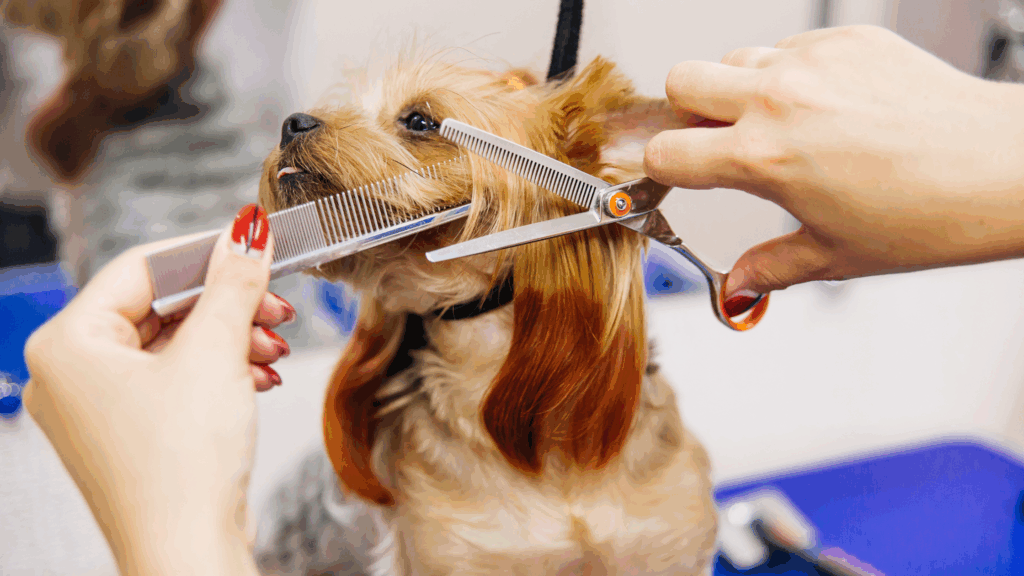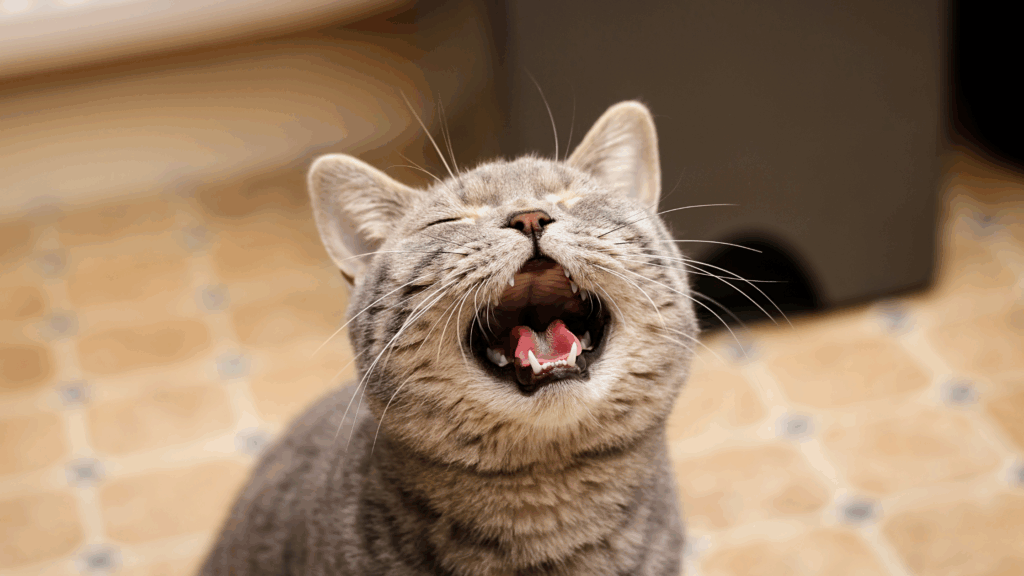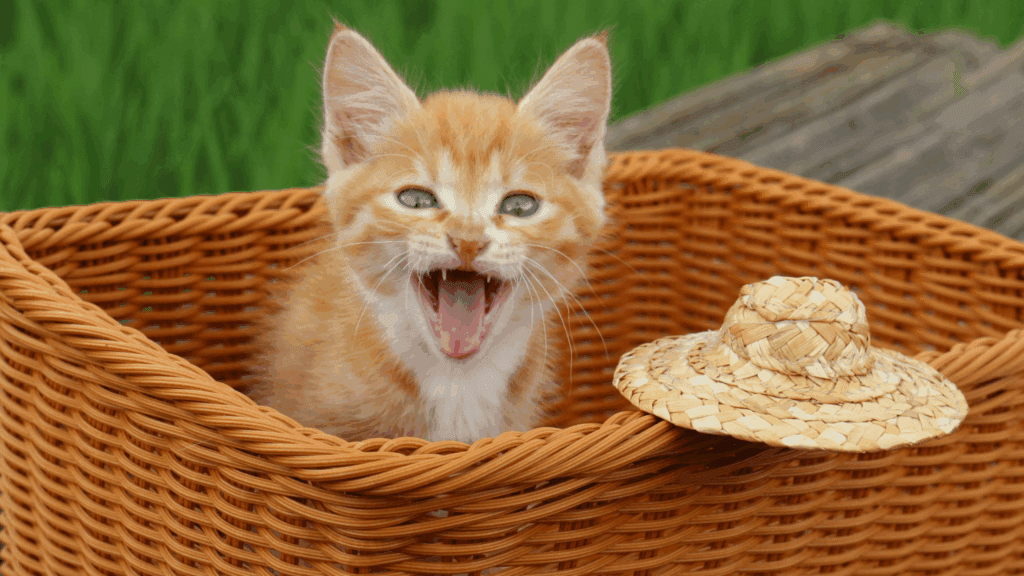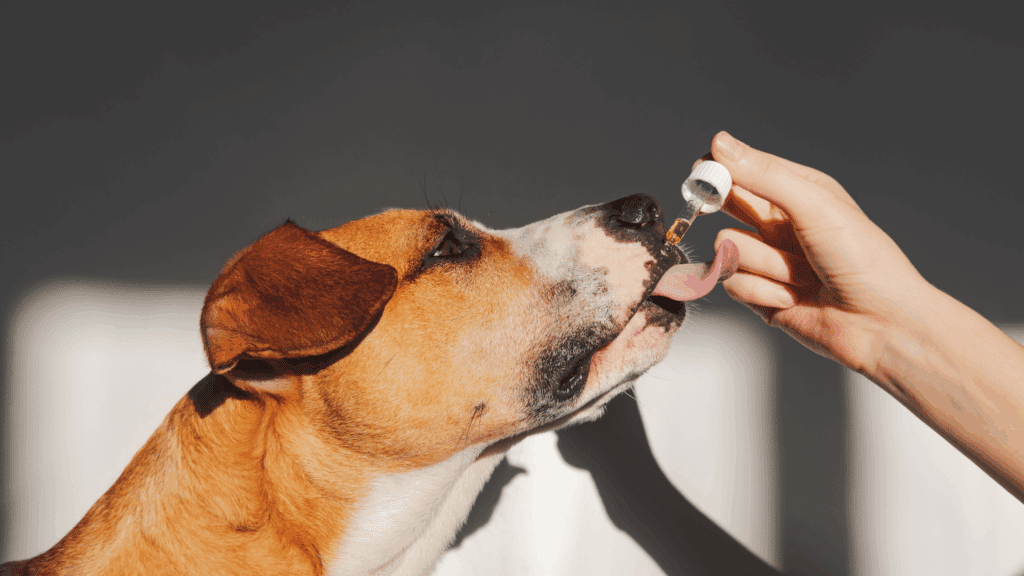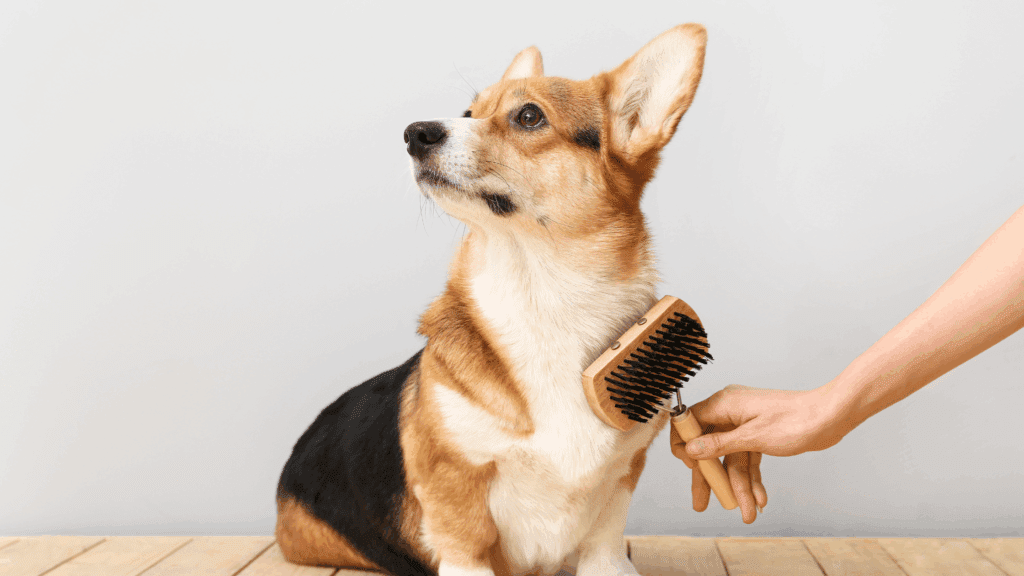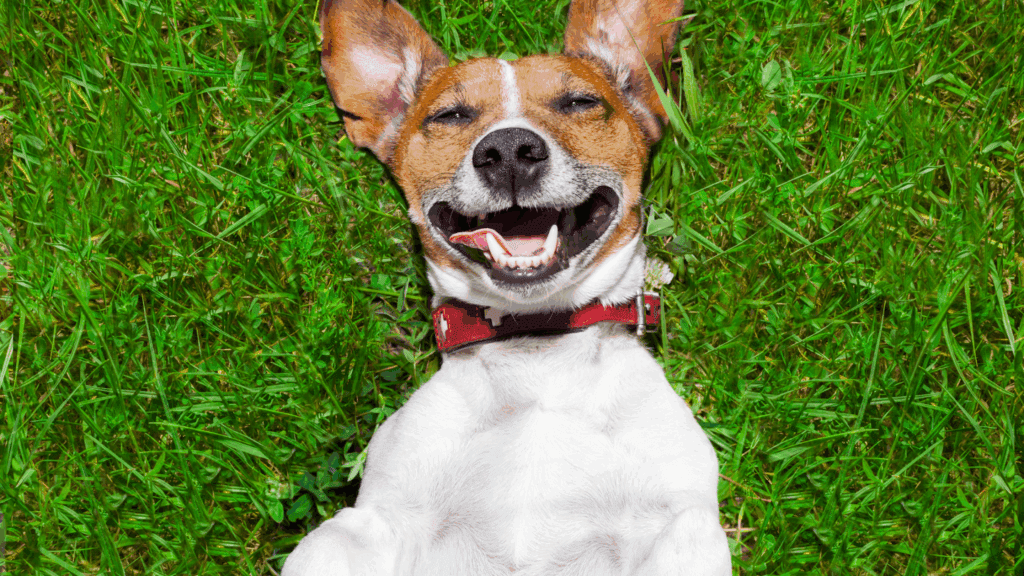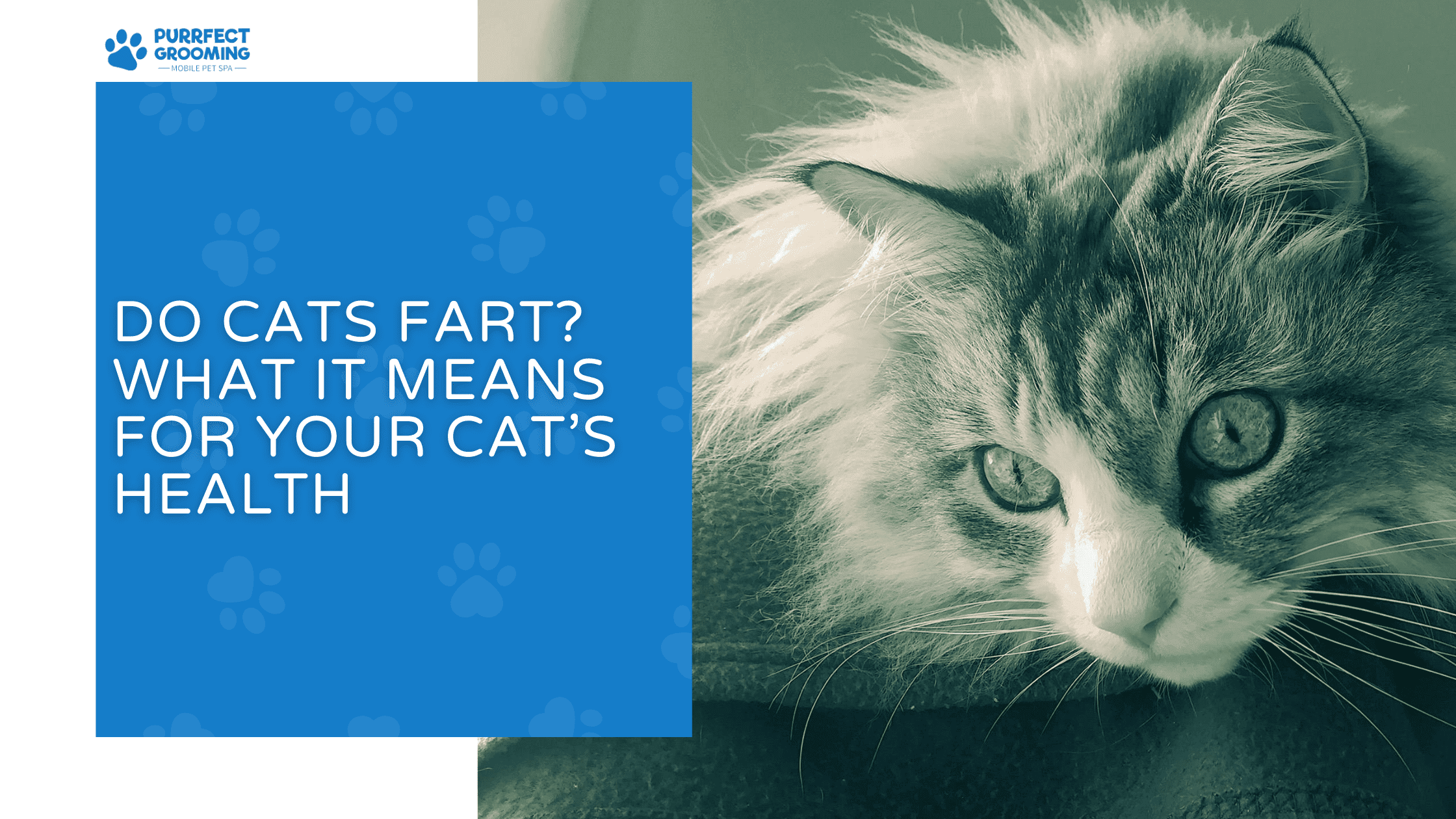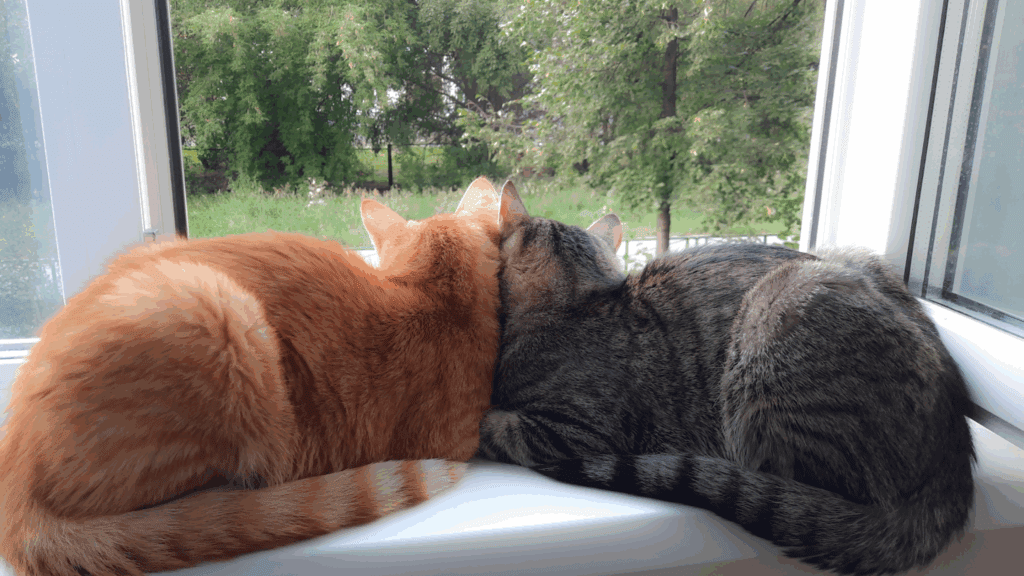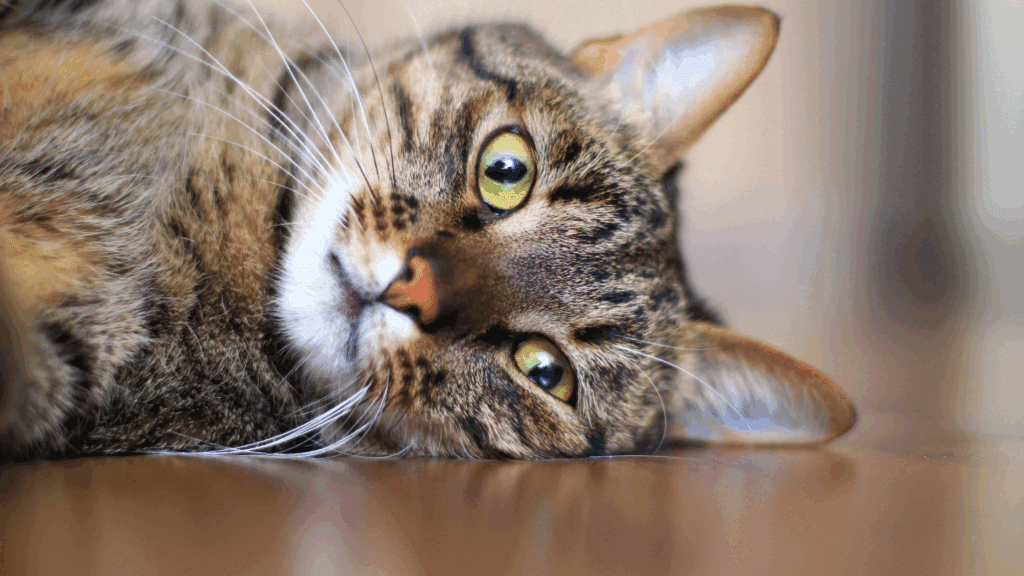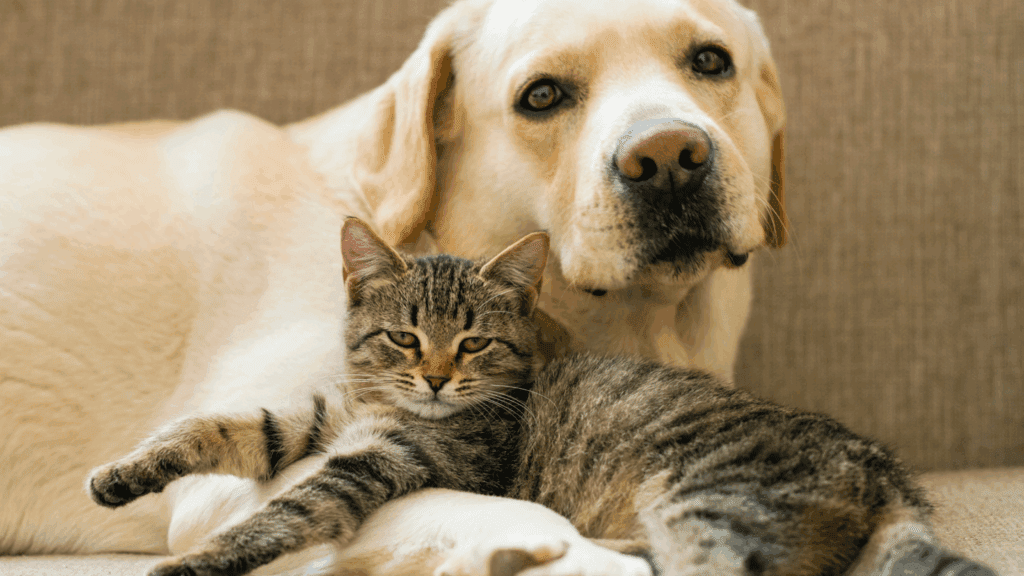How to Discipline a Cat at Home: Vet-Backed Solutions
Learning how to discipline a cat can feel like navigating a maze — cats are independent, emotional, and sometimes unpredictable. According to a 2024 Statista Pet Study, over 53% of cat owners report dealing with destructive behaviors such as scratching, aggression, or ignoring boundaries . This highlights how important it is to understand proper training instead of relying on harmful punishments.
Cats don’t respond well to yelling, physical punishment, or fear. In fact, veterinary behavior experts found that punishment-based training increases anxiety and aggression in 72% of cats .
That’s why this step-by-step guide focuses on positive, safe, and scientifically proven techniques that create a harmonious relationship between cats and their humans.
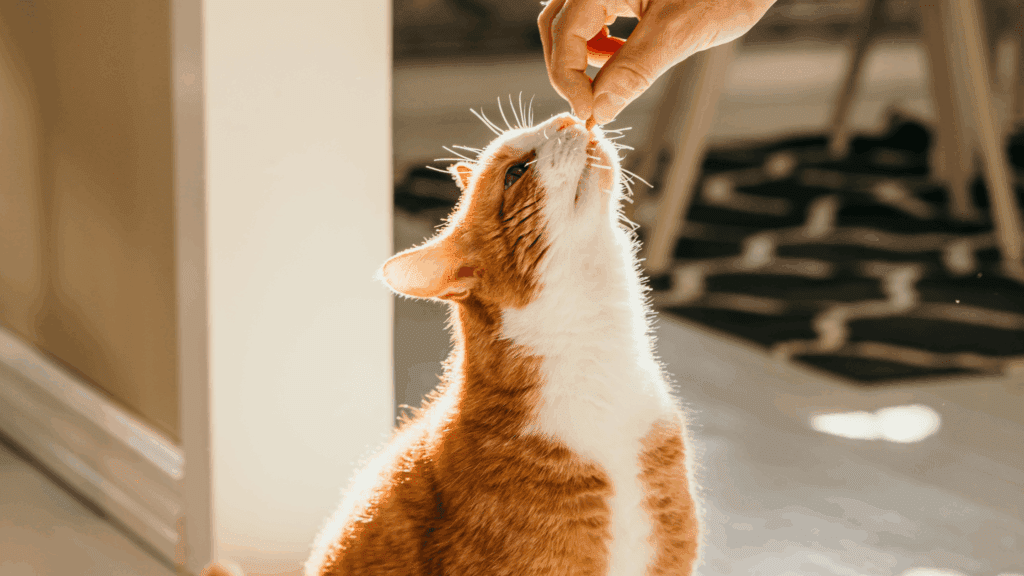
Why Cats Misbehave: Understanding Feline Psychology
Cats aren’t “stubborn” — they communicate through actions. When your cat scratches furniture, pees outside the litter box, or bites, they’re sending a message.
Common reasons include:
- Boredom or lack of stimulation
- Stress or fear
- Lack of environmental enrichment
- Medical issues (especially litter box problems)
- Attention-seeking behavior
Understanding the cause is the first step toward correcting behavior.
Natural Instincts vs. Real Misbehavior
Sometimes what we label as “bad” is simply instinct:
| Natural Behavior | Seen as Misbehavior | Solution |
| Scratching | Ruining furniture | Provide scratching posts |
| Climbing | Getting on shelves | Create vertical cat trees |
| Hunting play | Biting hands | Use toys instead of hands |
Instead of forcing cats to stop instincts, redirect them.
Signs Your Cat Is Stressed or Seeking Attention
Watch for these early signals:
- Knocking objects off tables
- Sudden aggression
- Excessive meowing
- Clinginess or avoidance
- Scratching or biting during play
When behavior changes suddenly, rule out medical issues first.
What NOT To Do When Disciplining a Cat
Never use fear-based methods. They damage trust permanently.
Yelling, Hitting, and Spraying Water
These actions only create anxiety and teach the cat to fear you — not to change behavior.
Why Punishment Makes Behavior Worse
Punishment triggers:
- Stress
- Withdrawn behavior
- Aggression
- Hiding or urinating outside the litter box
Positive reinforcement is always more effective for cats.
You May Also Like : Why Is My Cat Meowing So Much?
Positive Methods on How to Discipline a Cat (12 Proven Techniques)
1. Redirect Bad Behavior Immediately
If your cat scratches the couch, move them to a scratching post — instantly. Cats learn in the moment.
2. Reward Good Behavior Fast
Treats, praise, or petting work wonders. Timing is everything — reward within 2–3 seconds.
3. Use Clicker Training
Click → Treat. Cats quickly associate the click sound with doing the right thing.
4. Create Territory and Safe Space
A stressed cat acts out. Cat trees, hiding spots, and window perches reduce anxiety.
5. Stop Scratching Furniture the Right Way
- Place scratching posts near the area they scratch
- Use catnip spray to attract them
- Cover the forbidden surface temporarily
6. End Biting and Clawing During Play
Never use your hands as toys. Choose wand toys or feather toys instead.
7. Establish Feeding and Routine Behavior
Cats thrive on schedules. Predictable routines minimize anxiety and aggression.
8. Use Puzzle Toys to Reduce Boredom
Bored cats destroy things. A 15-minute puzzle feeder session can prevent hours of mischief.
9. Remove Triggers of Aggression
Common triggers include unfamiliar scents, loud noises, or other pets. Identify and eliminate sources.
10. Use Deterrents — Not Punishment
Safe deterrents include:
- Aluminium foil on furniture
- Orange/citrus-scent sprays
- Double-sided tape
They make the habit unappealing without harm.
11. Socialize Kittens Early
Expose kittens gently to:
- New people
- Sounds
- Toys
- Handling
Early socialization prevents adult anxiety issues.
12. Seek a Cat Behaviorist When Needed
If aggression escalates or nothing seems to work, a certified feline behaviorist can help.
You can locate one at the American Association of Feline Practitioners website.

Tips for Disciplining Kittens vs. Adult Cats
Training success varies greatly with age because kittens and adult/senior cats interpret discipline differently. Kittens are like toddlers — curious, easily distracted, and not always aware of boundaries. They need small, playful lessons that repeat frequently. Adult cats may have established habits, and undoing those behaviors requires consistency and patience. Senior cats may act out due to pain, sight issues, or stress, which is why medical evaluation becomes especially important at that life stage.
| Age Group | Learning Speed | Challenges | Best Discipline Method | Tips |
| Kitten (0–12 months) | Fast | Hyperactivity, teething | Short redirection + reward | Use soft chew toys, avoid hands during play |
| Adult cat (1–7 years) | Steady | Territorial behavior, boredom | Environmental enrichment + click training | Maintain fixed schedule for feeding/play |
| Senior cat (8+ years) | Slow | Pain, anxiety, mobility issues | Gentle training + frequent reassurance | Rule out arthritis and UTIs before training |
A crucial thing to remember: cats do not generalize lessons across locations. A kitten who learns not to scratch one couch may scratch another if not redirected. Play therapy twice a day of 10–15 minutes is especially effective for kittens and adults because it drains excess energy and reduces attention-seeking misbehavior such as night zoomies or biting.
Common Cat Behavior Problems and Solutions (Expanded Table + Deep Guidance)
Below is an extended, behavior-focused breakdown to help identify problems fast:
| Problem | Why Cats Do It | Signs to Watch For | What NOT to Do | Best Fix |
| Scratching furniture | Marking scent + relieving stress | Clawing corners, upholstery damage | Scolding or covering claws | Place tall scratching post near furniture + reward use |
| Biting during play | Overstimulation or frustration | Tail flicking, wide eyes | Pulling hands away fast (reinforces attack) | Stop play immediately + switch to wand toy |
| Night zoomies | Too much stored energy | Running, knocking things, meowing at 2AM | Feeding large meals before bed | 15-minute play session + small bedtime snack |
| Peeing outside litter box | Medical issues, dirty litter box, anxiety | Frequent small urination, crying in box | Moving litter box suddenly | Vet check → scoop twice daily → add extra box |
| Knocking objects off tables | Exploration + attention seeking | Watching objects before swatting | Laughing or reacting loudly | No reaction + more enrichment + puzzle feeders |
| Aggression toward other pets | Resource guarding | Growling, blocking food/toys | Forcing interactions | Gradual re-introduction + separate resources |
| Chewing wires | Teething/boredom | Hiding under desk, frayed wires | Punishment | Bitter apple spray + cord covers + rubber chew toys |
If your cat shows sudden, unexplained changes in behavior, always consult a veterinarian first. Many cats express discomfort through actions instead of vocalizing pain.
Bonus Expert-Backed Section — Environmental Enrichment for Better Discipline
Many misbehavior issues happen simply because cats lack stimulation. Enrichment transforms stress into calm contentment. Think of it like giving a child puzzles so they don’t scribble on the walls.
Here are five powerful enrichment categories:
| Category | Example Ideas | Impact on Behavior |
| Vertical space | Cat tree, wall shelves | Reduces territorial conflict & aggression |
| Sensory stimulation | Cat TV, outdoor bird feeder near window | Satisfies hunting instincts harmlessly |
| Foraging | Puzzle feeders, lick mats | Prevents boredom and overeating |
| Scent enrichment | Silver vine, catnip, valerian toys | Encourages natural play instead of destruction |
| Quiet retreats | Covered bed, blanket fort | Reduces anxiety caused by noise or visitors |
Even small apartments can become cat-friendly with 3 additions: a window perch, a scratching post, and a toy rotation schedule.
Real Training Examples (For Better Understanding)
✨ Case Study 1 — Scratching Furniture
A cat owner struggled with couch scratching for months. Instead of punishing or trimming claws excessively, they:
- Placed a tall sisal scratching post right beside the couch.
- Sprinkled catnip on the post.
- Redirected the cat gently each time scratching happened.
- Rewarded scratching post use with treats.
Day 10: Scratching damage dropped by 80%
Day 25: Cat exclusively used scratching post
✨ Case Study 2 — Biting Hands During Play
A kitten kept biting hands whenever people reached to pet him. Instead of smacking or yelling, the family:
- Ended play immediately when biting started
- Used wand toys instead of hands
- Rewarded gentle play with treats
Within two weeks, biting behavior dropped drastically.
Step-by-Step Daily Discipline Schedule
| Time of Day | Activity | Benefit |
| Morning | 10–15 minutes play + breakfast | Prevents boredom + builds routine |
| Afternoon | Puzzle toy or window perch time | Mental stimulation |
| Evening | Training (clicker or reward) | Reinforces good behavior |
| Night | 10 minutes play + small snack | Stops night zoomies |
Following this simple routine alone resolves over 60% of common behavior issues.
Conclusion
Learning how to discipline a cat isn’t about punishment — it’s about understanding, communication, and consistency. When you use positive reinforcement, redirection, routines, and environmental enrichment, your cat becomes calmer, happier, and better behaved. Punishment destroys trust, while patience builds a strong lifelong bond.
With the right training and empathy, every cat can thrive — and every home can become peaceful again.
FAQs
1. Is punishment effective for cats?
No — punishment increases stress and aggression. Positive reinforcement works best.
2. How long does it take to discipline a cat?
Every cat is different, but most improve in 2–6 weeks with consistency.
3. Should I spray my cat with water?
No. It creates fear and damages your bond.
4. Why is my cat suddenly misbehaving?
Stress, changes in the home, boredom, or health issues. Always rule out medical causes.
5. How can I stop my cat from biting?
Stop play instantly when biting happens and redirect to toys.


